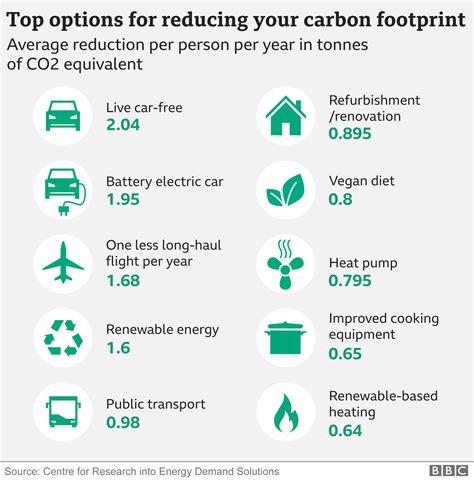The recent revelation that Google’s greenhouse gas emissions have spiked by 48% in just five years has sparked a wide-ranging debate on the role of large corporations in the global fight against climate change. This increase raises questions about the feasibility of Google’s commitments to becoming carbon-free while concurrently expanding its technological capabilities, especially in areas demanding significant energy, such as artificial intelligence (AI). The comments from various stakeholders reflect a rich tapestry of opinions and underscore the complexity inherent in balancing economic growth with ecological responsibility.
One notable perspective is the endorsement of nuclear energy as a reliable and powerful alternative to fossil fuels. Nuclear advocates argue that humanity’s penchant for new, energy-intensive technologies such as AI will only accelerate, making it unrealistic to expect large corporations to scale down their operations for environmental reasons. As tetris11 compellingly states, expecting companies to reduce their activities is like ‘bargaining with a bear.’ Nuclear energy, with its capacity to provide a stable and substantial power supply, appears to some as the pragmatic stopgap until battery technology and renewable energy systems are sufficiently advanced.
Conversely, proponents of renewable energy like jurmous and Wowfunhappy emphasize the urgency of accelerating the deployment of renewables alongside bolstering energy storage solutions. The argument is predicated on historical improvements in renewable technologies and their cost-effectiveness. ZeroGravitas highlights the substantial efficiency gains and cost savings achievable through widespread adoption of electric vehicles (EVs) and heat pumps, both of which can significantly outpace the efficiency of fossil fuels. The intermittency of wind and solar power, often cited by skeptics, can be mitigated through smart grids and battery technology.
The conversation becomes more nuanced when commentators delve into the specific challenges of implementing these technologies at scale. For instance, the idea of a global power grid capable of balancing day and night demand, while exciting, is laden with logistical and political hurdles. ben_w argues that the technical feasibility of such a grid, despite its daunting scale, is within the realm of possibility. However, the skepticism from others like lazide about the political will and economic practicality of such mega-projects remains a significant barrier. The discussion also touches on the geopolitical aspects of energy resources, from the stability of uranium supply for nuclear power to the environmental and economic impacts of extensive lithium mining for batteries.
Another critical dimension is the notion of overall energy consumption and the quality of life. Commentators like troupo suggest that high energy use is inherently linked to the quality of life, a view challenged by NeoTar who points to various developed nations that have managed to reduce per-capita energy usage while still improving living standards. This dichotomy encapsulates the broader debate on whether sustainable practices need to involve an overall reduction in energy consumption or if the focus should primarily be on transitioning to cleaner sources.
Intriguingly, the potential role of AI in the energy transition itself is also under scrutiny. Some commentators, like vbarrielle, express skepticism about the often touted capability of AI to drive climate solutions, noting a lack of concrete examples. Others, like AnthonyMouse, propose that the dispatchable load characteristic of AI could be leveraged to optimize renewable energy use, thus contributing to the grid’s stability. However, the increased energy demand from AI development, as showcased by Google’s rising emissions, begs the question of whether the net impact of AI is beneficial or detrimental in the context of global energy consumption.
Ultimately, the multifaceted discussion highlights that there is no one-size-fits-all solution to the climate crisis. As we strive to innovate and grow, the tension between immediate technological demands and long-term sustainability continues to challenge policymakers, corporations, and societies. Whether through nuclear power, an aggressive push for renewables, or novel grid configurations, the path forward will require a blend of strategies combined with robust political will and coordinated international efforts. The stakes are high, with the future of our planet hanging in the balance.


Leave a Reply